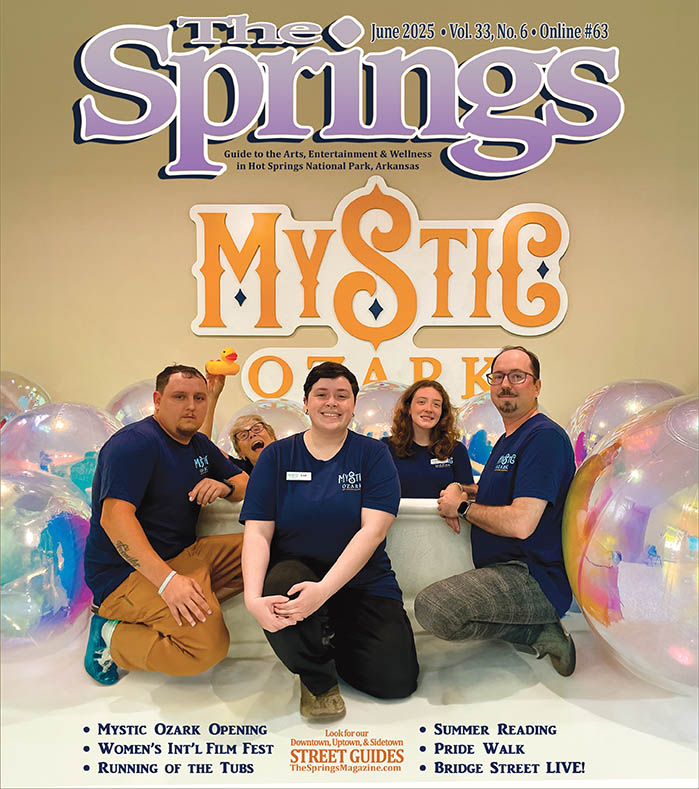Poinsettia “blooms” are actually not a flower at all, but bracts, which are a set of colorful leaves that form on top of the regular green foliage of the poinsettia.
By Lin Johnson
Poinsettias are the official flower of the Christmas holiday season. With colors ranging from deep red to crimson, white, pink, and all types of variations, they are perfect for brightening up any holiday display. The challenge is keeping them healthy and strong through the season. Poinsettia “blooms” are actually not a flower at all, but bracts, which are a set of colorful leaves that form on top of the regular green foliage of the poinsettia.
Let’s discuss caring for poinsettias during their “blooming” season.
The first and most important factor is proper watering. When poinsettias fail early in the season, it can most often be attributed to too much, or too little watering. Overwatering causes the most issues for poinsettias. Not only can overwatering lead to yellow leaves, it can also rot away the root structure, thus killing the plant.
Allow your plants to dry out completely between watering. But with that said, be sure to not allow the soil to stay too dry for too long. As with overwatering, underwatering will cause a plant to lose it bracts and color prematurely as well.
The second factor affecting the longevity of blooms is heat. Poinsettias bloom longest when kept between 70 and 75 degrees. This tropical plant loves heat and humidity – but not too much! Overly warm rooms will shorten the bloom time of poinsettias, as will sitting them too close to a heat source such as a heat duct, fireplace, or heater.
Thirdly, locate plants so that they receive a fair amount of indirect light, but not direct sunlight through a window. Putting the plants in a sunny windowsill will speed up their bloom time greatly but can also damage the foliage as the sun’s rays filter through the glass.
Master Gardener, Lin Johnson, volunteers with GC Master Gardeners of the UofA Div. of Agriculture, Cooperative Ext. Service. Master Gardeners pool skills and resources to improve home horticulture, stimulate interest in plants and gardening, and encourage beautification. For more information, call 501-623-6841 or email adykes@uaex.edu. The University of Arkansas System Division of Agriculture is an equal opportunity/equal access/affirmative action institution.









